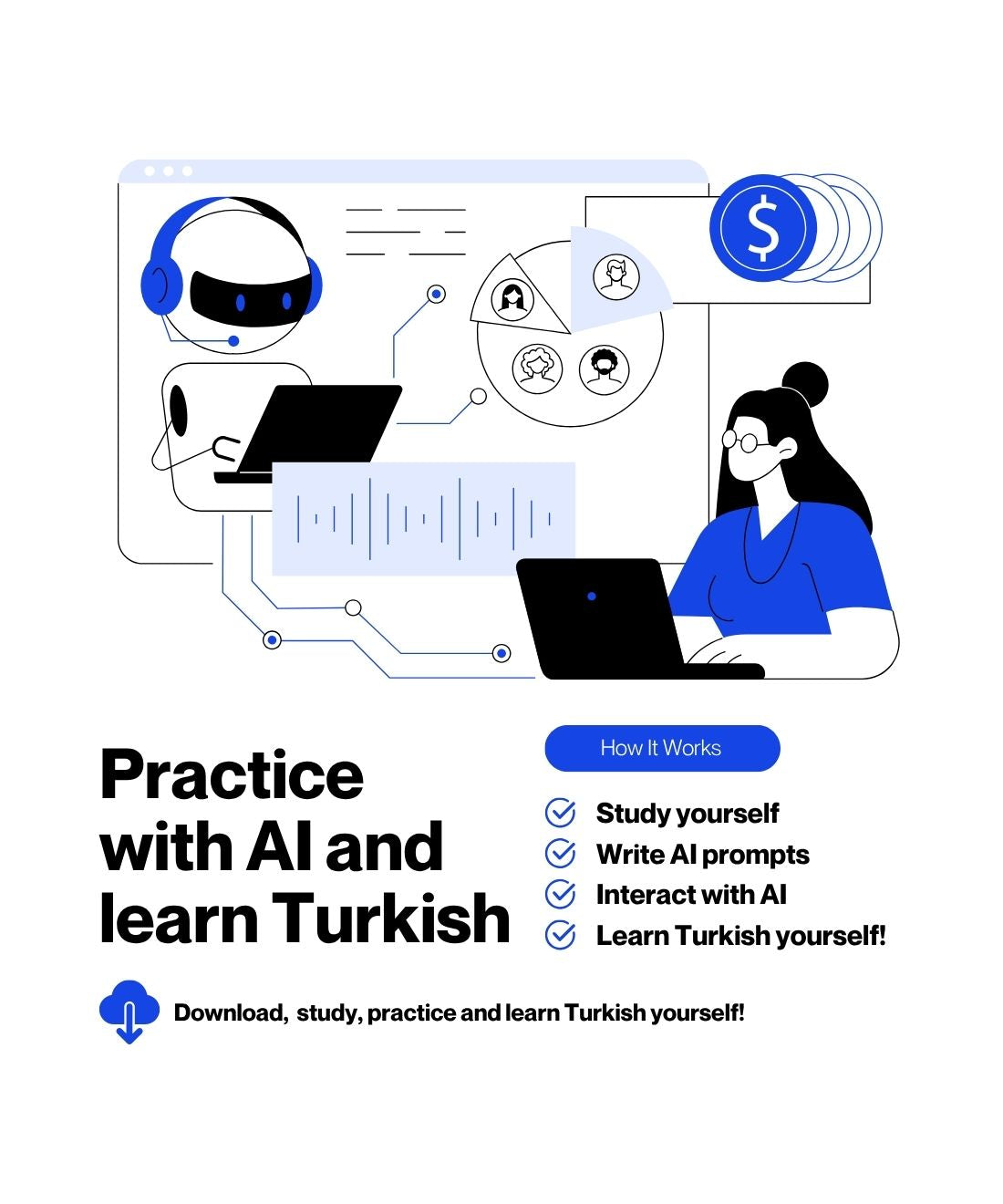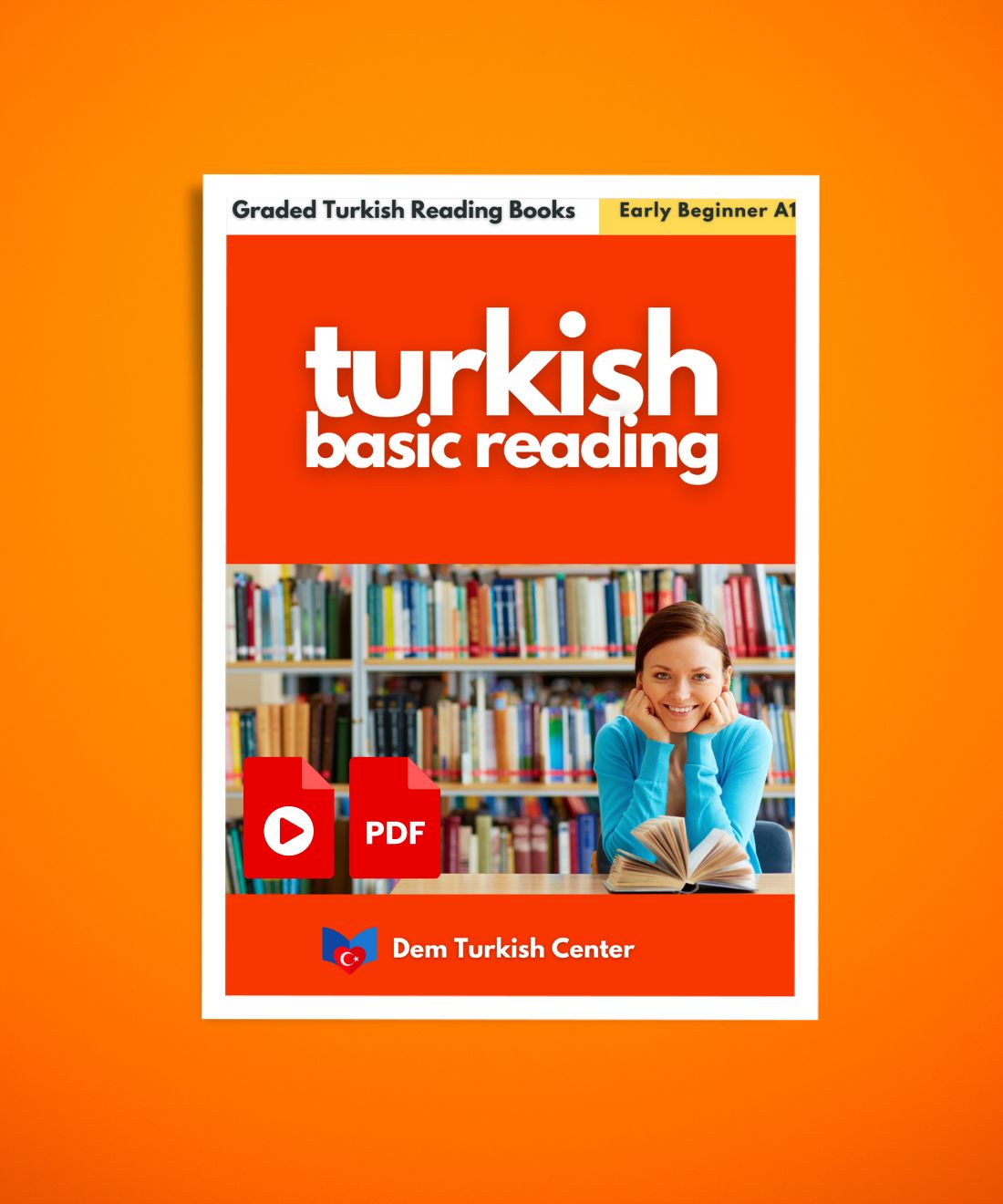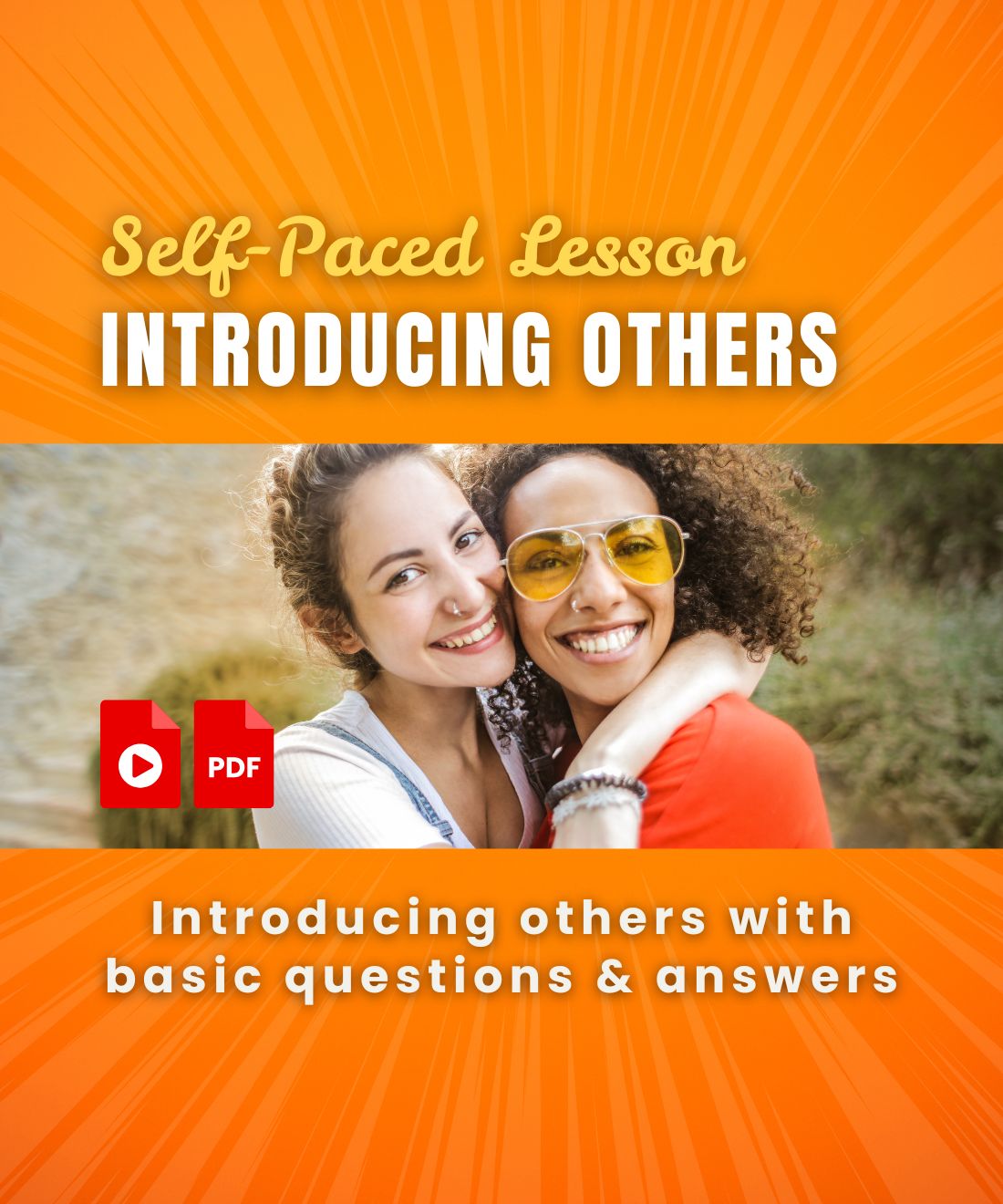
How AI Has Changed Language Learning
For decades, mastering a new language was a daunting prospect. It conjured images of dusty textbooks, repetitive grammar drills, expensive classroom courses, and the frustrating "language barrier" that seemed insurmountable. The path to fluency was linear, rigid, and often isolating. But a seismic shift has occurred, quietly and profoundly changing the very fabric of how we acquire languages. The catalyst? "Artificial Intelligence (AI)".
We are no longer confined to the pages of a book or the schedule of a tutor. AI has democratized and personalized language acquisition, transforming it from a structured academic pursuit into a dynamic, interactive, and deeply personalized journey. This isn't just an incremental improvement; it's a complete paradigm shift. Let's explore the multifaceted ways AI in education and, more specifically, AI for language learning, is reshaping our world.
Unlocking Babel: How Artificial Intelligence is Revolutionizing Language Learning
Turkish Language & AI: How to Combine Traditional Learning with New Tech
From One-Size-Fits-All to Hyper-Personalization

Traditional learning models operate on a standardized curriculum. Every student, regardless of their native language, learning style, or goals, often marches through the same material. AI-powered learning shatters this model through the power of adaptive learning algorithms.
Platforms like Duolingo, Babbel, and Memrise use sophisticated AI to track your every interaction. The system analyzes your strengths, identifies your persistent weaknesses, and measures your pace. If you're consistently acing vocabulary for food but struggling with past tense verbs, the AI tailors your future lessons to provide more practice where you need it most. This creates a truly personalized learning path that is unique to you, ensuring you spend your time efficiently and effectively, accelerating your journey toward language proficiency.
How to practice languages with ChatGPT
The Rise of the Conversational Partner: 24/7 Practice

Perhaps the most significant hurdle for language learners has been the lack of opportunity for consistent, low-pressure conversation. Finding a patient, native-speaking partner can be difficult, expensive, and sometimes intimidating. AI language models and conversational AI have solved this problem brilliantly.
Tools like ChatGPT, along with integrated features in apps, can now simulate natural, open-ended conversations. You can practice ordering a coffee in Paris, negotiating a business deal in Tokyo, or simply having a casual chat about the weather in Mexico City—all without the fear of judgment. These AI tutors provide a safe space to make mistakes, experiment with sentence structure, and build the critical **conversational skills** that are often the last to develop.
Furthermore, speech recognition technology has evolved from simply checking pronunciation to understanding nuance. It doesn't just listen for the right word; it analyzes your accent, tone, and fluency, offering specific, corrective feedback to help you sound more like a native speaker. This immediate feedback loop is invaluable for developing accurate pronunciation and building confidence.
AI Speaking Practice: Smart Prompts to Master Conversation Skills
Demolishing the Grammar Wall with Intelligent Feedback

Grammar has long been the bugbear of language learners. Traditional methods often involve memorizing abstract rules and applying them in decontextualized exercises. AI transforms this process by making it contextual and intuitive.
When you write or speak a sentence, the AI doesn't just mark it right or wrong. It can explain "why" an article is missing or a verb conjugation is incorrect, often providing multiple corrected examples. This moves learning beyond rote memorization to a deeper, more conceptual understanding. This personalized feedback is like having a dedicated grammar coach available at any moment, patiently guiding you through the complexities of your target language.
Immersive Learning and Contextual Vocabulary Building

Vocabulary lists are a necessary evil, but they are notoriously difficult to retain when learned in isolation. AI supercharges vocabulary acquisition by embedding it in context. Instead of just memorizing "el gato," an AI system might show you a picture of a cat, use it in a sentence within a story, and then prompt you to use it in your next conversation with your AI chatbot.
Emerging technologies are taking this even further. With Augmented Reality (AR) and Virtual Reality (VR) powered by AI, the concept of immersive language learning is being redefined. Imagine putting on a VR headset and being virtually transported to a bustling market in Seoul. You can interact with AI-generated vendors, practice your Korean, and receive real-time translations and hints. This creates powerful neural connections by associating words with experiences, dramatically improving retention and recall.
Breaking Down Barriers: Instant Translation and Pronunciation Help

The classic image of a language learner clutching a bulky physical dictionary is now a relic of the past. AI-driven real-time translation tools like Google Translate have become astonishingly accurate. While not a learning tool per se, their ability to instantly decode signs, menus, and documents lowers the anxiety associated with being in an unfamiliar linguistic environment. This empowers learners to engage with the language in real-world contexts sooner.
Similarly, tools that offer instant pronunciation help—where you can speak into your phone and get an immediate assessment—act as a portable pronunciation coach, making on-the-go learning and correction a reality.
The Data-Driven Path to Fluency

Underpinning all these advancements is the power of big data. AI systems are trained on colossal datasets of text and speech from millions of users. This allows them to understand not just formal grammar, but also natural language processing (NLP), including colloquialisms, slang, and cultural nuances. For the learner, this means you're being taught the living, breathing language as it's actually used by native speakers, not just the sterilized version found in old textbooks.
Challenges and the Irreplaceable Human Touch
Despite these revolutionary advances, it's crucial to acknowledge that AI is a tool, not a complete replacement for human interaction. There are limitations.
- Cultural Nuance Language is deeply intertwined with culture. AI can explain a cultural reference, but it cannot fully replicate the subtle, embodied understanding that comes from interacting with a human from that culture.
- Emotional Intelligence An AI can simulate empathy, but it doesn't genuinely "feel" it. A human teacher can perceive frustration, offer encouragement tailored to your emotional state, and build a motivational relationship that an algorithm cannot.
- Spontaneity and Creativity Human conversation is messy, unpredictable, and creative. While AI is becoming better at handling unexpected turns, it can still struggle with highly abstract, philosophical, or humorous exchanges that deviate from its training data.
The most effective future of language learning likely lies in a blended learning approach. Use AI for daily practice, vocabulary building, and grammar drills to build a strong foundation. Then, supplement that with conversations with human tutors or native speakers on platforms like iTalki to practice the spontaneous, nuanced, and culturally rich aspects of the language. This hybrid model offers the best of both worlds: the scalability and personalization of AI with the irreplaceable depth of human connection.
The Future is Already Here: What's Next for AI and Language?
The pace of innovation is breathtaking. We are already seeing the emergence of even more sophisticated technologies:
- Affective Computing AI that can detect user frustration or boredom through a device's camera and dynamically adjust the lesson difficulty or content to re-engage the learner.
- Even Deeper Personalization AI that aligns your learning not just with your weaknesses, but with your personal hobbies and professional interests, pulling in relevant articles, videos, and conversation topics.
- Seamless AR Integration Imagine smart glasses that provide real-time subtitles and translations during conversations with real people, acting as a powerful training wheel for real-world interaction.
Conclusion: A New Era of Linguistic Possibility
The advent of AI has not just changed language learning; it has liberated it. It has taken an endeavor once reserved for the dedicated few with ample time and resources and placed it squarely in the hands of anyone with a smartphone and an internet connection. By providing personalized learning paths, constant conversational practice, and intelligent, instant feedback, AI has made the process more efficient, accessible, and engaging than ever before.
We are standing at the dawn of a new era where the "language barrier" is no longer a wall, but a permeable membrane. Artificial Intelligence is the key that is unlocking the tower of Babel, not by giving us a single universal language, but by empowering us to embrace the beautiful diversity of human communication. The question is no longer "if" you can learn a new language, but which one you will start today.
Happy learning!













